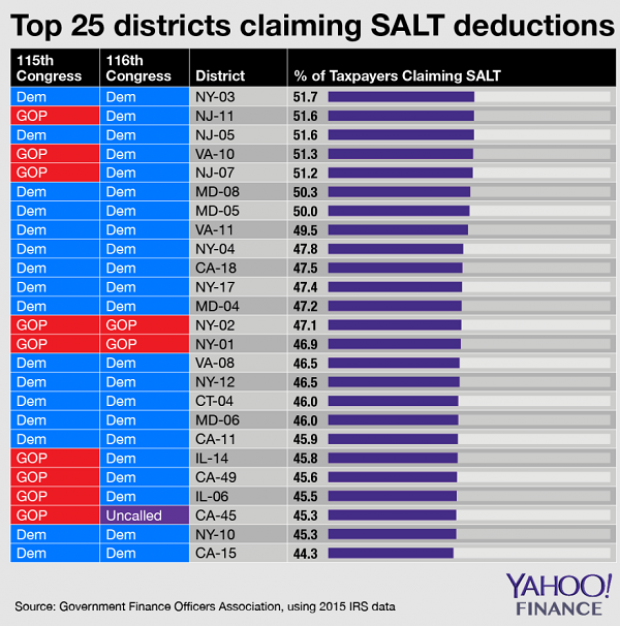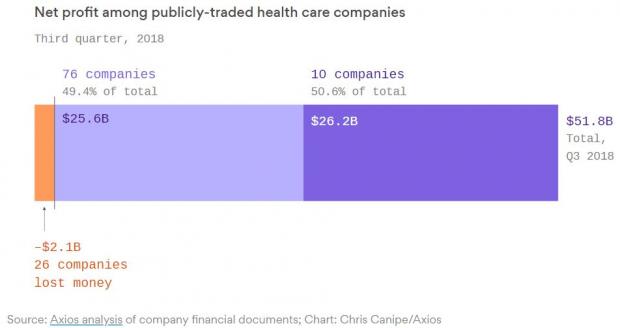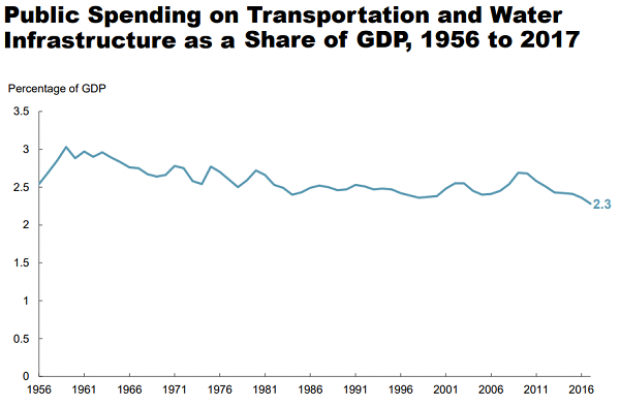Why ‘In a Relationship’ on Facebook Means More Than You Think

Worried about your relationship with your significant other? A quick look at your Facebook profile can tell you a lot about how you’re doing as a couple.
Listing yourself as “in a relationship” with your partner, posting photos of you and your partner together, and posting on your partner’s wall are all signs of a committed relationship, at least among college-age couples, according to a new study from the University of Wisconsin-Madison.
The study looked at 180 undergraduates who were in romantic relationships and asked them a number of questions about their relationship and looked at their Facebook profiles. Six months later, the researchers returned and asked the students whether they were still in that relationship.
The study results suggest that displaying a public commitment on Facebook, a highly public platform, is correlated with more enduring relationships between couples. These public displays of devotion actually help cement relationships as they develop over time.
However, not all couple-related activity on Facebook is good for a relationship. The number of mutual friends each couple had and the number of partner-initiated wall posts were negatively correlated with relationship commitment. In addition, joint affiliations, such as attending the same events or being in the same Facebook groups, was not associated with commitment.
As annoying as couples who broadcast their relationship all over Facebook might be, they’re more likely to be in it for the long haul. So consider blocking them if you’ve had enough of the online PDA, because as they study suggest, there’s probably going to be a whole lot more of it.
Chart of the Day: SALT in the GOP’s Wounds

The stark and growing divide between urban/suburban and rural districts was one big story in this year’s election results, with Democrats gaining seats in the House as a result of their success in suburban areas. The GOP tax law may have helped drive that trend, Yahoo Finance’s Brian Cheung notes.
The new tax law capped the amount of state and local tax deductions Americans can claim in their federal filings at $10,000. Congressional seats for nine of the top 25 districts where residents claim those SALT deductions were held by Republicans heading into Election Day. Six of the nine flipped to the Democrats in last week’s midterms.
Chart of the Day: Big Pharma's Big Profits
Ten companies, including nine pharmaceutical giants, accounted for half of the health care industry's $50 billion in worldwide profits in the third quarter of 2018, according to an analysis by Axios’s Bob Herman. Drug companies generated 23 percent of the industry’s $636 billion in revenue — and 63 percent of the total profits. “Americans spend a lot more money on hospital and physician care than prescription drugs, but pharmaceutical companies pocket a lot more than other parts of the industry,” Herman writes.
Chart of the Day: Infrastructure Spending Over 60 Years

Federal, state and local governments spent about $441 billion on infrastructure in 2017, with the money going toward highways, mass transit and rail, aviation, water transportation, water resources and water utilities. Measured as a percentage of GDP, total spending is a bit lower than it was 50 years ago. For more details, see this new report from the Congressional Budget Office.
Number of the Day: $3.3 Billion
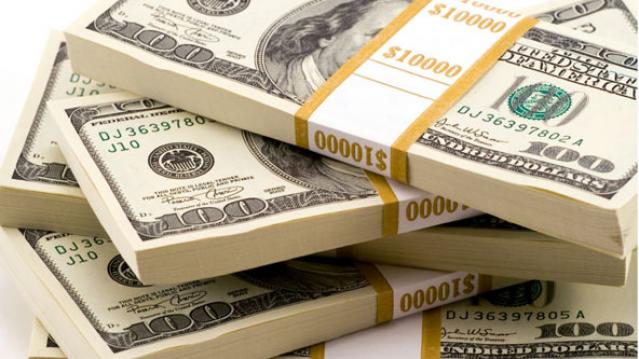
The GOP tax cuts have provided a significant earnings boost for the big U.S. banks so far this year. Changes in the tax code “saved the nation’s six biggest banks $3.3 billion in the third quarter alone,” according to a Bloomberg report Thursday. The data is drawn from earnings reports from Bank of America, Citigroup, Goldman Sachs, JPMorgan Chase, Morgan Stanley and Wells Fargo.
Clarifying the Drop in Obamacare Premiums
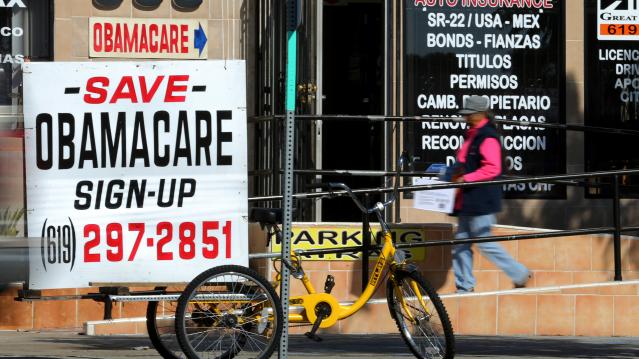
We told you Thursday about the Trump administration’s announcement that average premiums for benchmark Obamacare plans will fall 1.5 percent next year, but analyst Charles Gaba says the story is a bit more complicated. According to Gaba’s calculations, average premiums for all individual health plans will rise next year by 3.1 percent.
The difference between the two figures is produced by two very different datasets. The Trump administration included only the second-lowest-cost Silver plans in 39 states in its analysis, while Gaba examined all individual plans sold in all 50 states.

